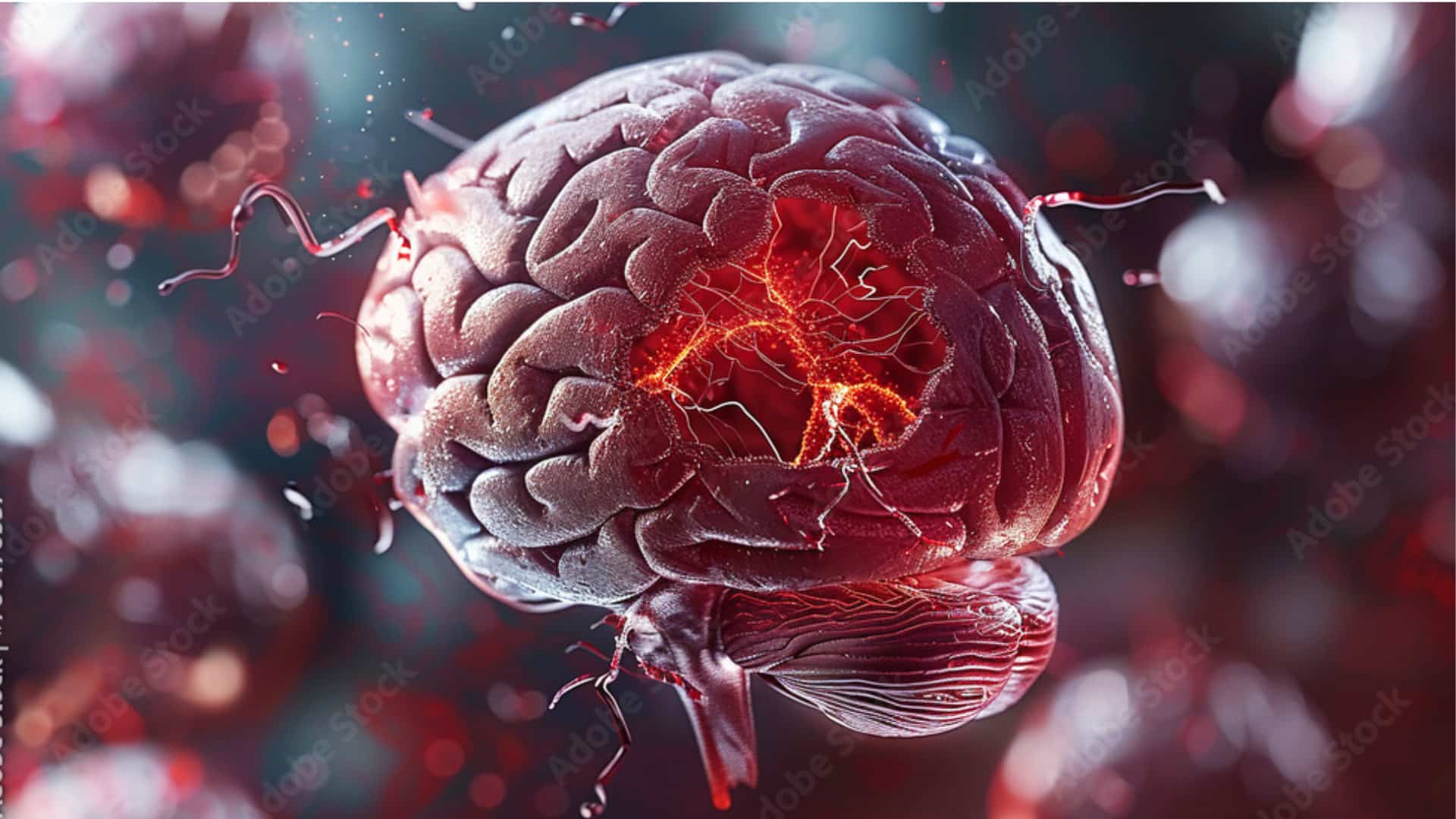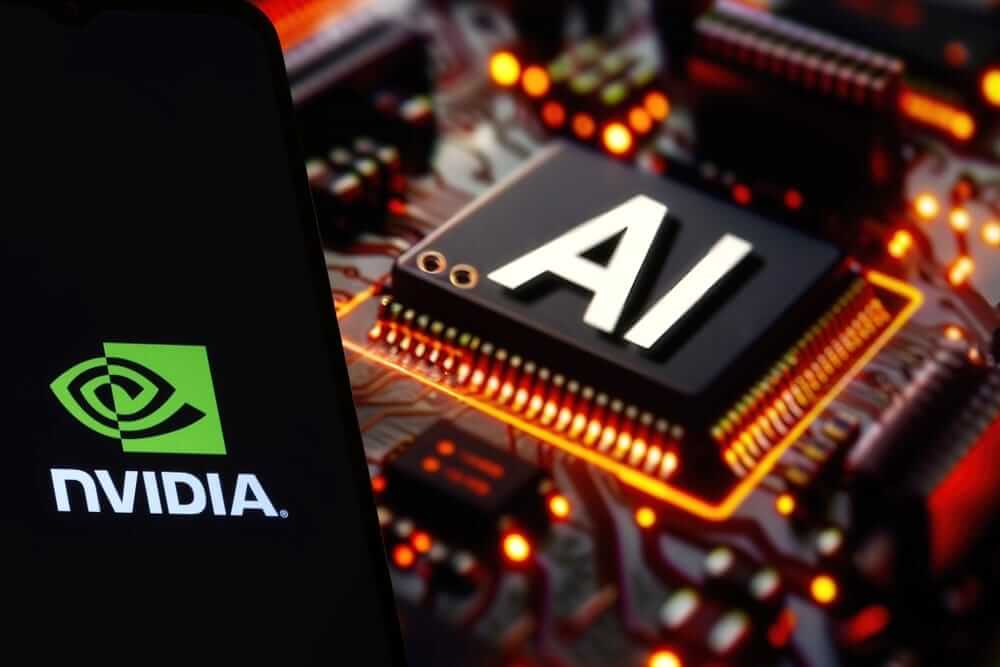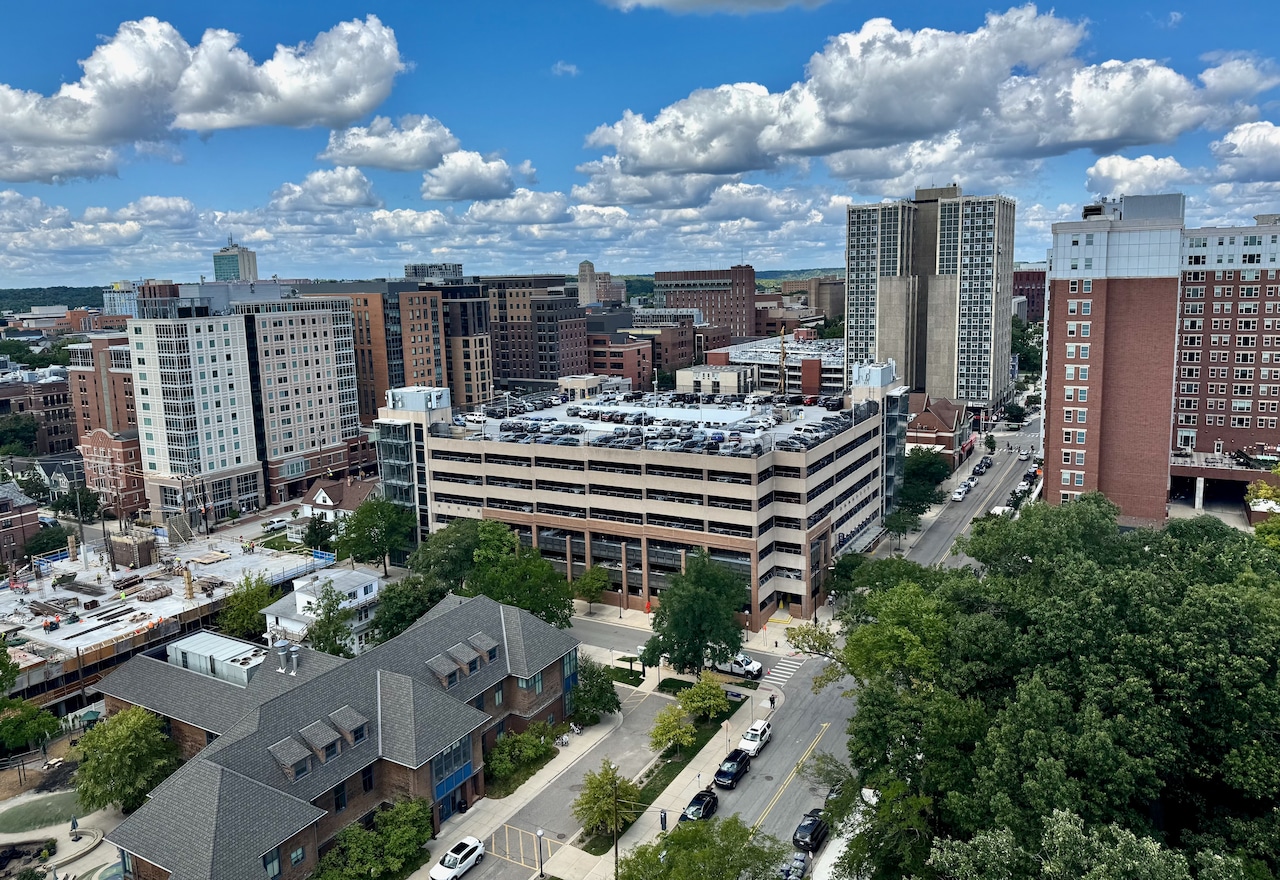Copyright healthcareradius

Every 4 seconds, someone suffers a stroke. Every 8 seconds, someone dies from it. With 7 million deaths annually and over 160 million disability-adjusted life years lost globally, stroke remains the world’s second-leading killer. What is Stroke? A stroke is a “brain attack”, similar to how a heart attack affects the heart. A stroke occurs when the blood supply to the brain is interrupted, either by a clot (ischemic) or bleeding (hemorrhagic). Without oxygen, brain cells die within minutes, causing permanent damage. India’s Alarming Reality: India’s stroke incidence ranges from 105-152 per 100,000 persons yearly. Metabolic risks account for 69 per cent of strokes, driven by hypertension, diabetes, and lifestyle factors. 3 conditions dramatically increase your stroke risk; the good news is all three are manageable and modifiable: Hypertension (High Blood Pressure): The single biggest risk factor, responsible for 50 per cent of all strokes. Blood pressure above 140/90 mmHg damages blood vessels over time, creating weakness and clot formation sites. Atrial Fibrillation (Irregular Heartbeat): Increases stroke risk 5-fold. This irregular heart rhythm allows blood to pool and form clots that travel to the brain. Diabetes: Doubles stroke risk. High blood sugar damages blood vessel walls, accelerates atherosclerosis (plaque buildup), and promotes inflammation, creating the perfect environment for stroke. If you have any of these conditions, regular monitoring and strict management are non-negotiable. These three factors alone account for most of the preventable strokes. Modern lifestyle: The silent killer Today’s lifestyle dramatically increases stroke risk. Sedentary work habits, chronic stress, inadequate sleep (less than 6-7 hours), poor hydration, and shallow breathing create the perfect storm. Why These Matter: Sleep Deprivation: Less than 6 hours nightly increases stroke risk by 15-20 per cent. Poor sleep elevates blood pressure, triggers inflammation, and disrupts metabolic regulation, all stroke precursors. Chronic Stress: Prolonged stress releases cortisol, raising blood pressure and promoting arterial plaque buildup. It also triggers unhealthy coping mechanisms like smoking, alcoholism, and overeating. Dehydration: Even mild dehydration thickens blood, making clot formation easier. It reduces blood volume, forcing the heart to work harder and potentially triggering blood vessel damage. Shallow Breathing: Our hunched, desk-bound posture promotes chest breathing instead of deep diaphragmatic breathing. This reduces oxygen supply to the brain and blood, increases carbon dioxide retention, elevates stress hormones, and raises blood pressure. Chronic shallow breathing creates a state of sustained physiological stress, compromising cardiovascular health and increasing stroke susceptibility. Our increasingly desk-bound lives, combined with processed food consumption, are fueling this epidemic. Prevention: Your shield against stroke The empowering truth: up to 90 per cent of strokes are preventable with a healthier, active lifestyle. Simple daily choices create powerful protection: Adopt a vegetable-rich, low-carb, high-protein, low-fat diet Exercise 30 minutes daily, every step matters Manage stress through yoga, meditation, or hobbies Prioritise 7-8 hours of quality sleep Stay hydrated, drink 8-10 glasses of water daily Monitor blood pressure and blood sugar regularly Technology: Your early warning system Modern technology revolutionises stroke prevention and detection. Wearable devices track heart rate irregularities and atrial fibrillation, a major stroke risk factor. Smart blood pressure monitors, fitness trackers monitoring sleep patterns, and AI-powered apps can identify warning signs early. Telemedicine enables remote consultations for at-risk patients. Advanced CT and MRI imaging detect silent strokes before symptoms appear, allowing preventive intervention. These tools, combined with regular health screenings, provide unprecedented opportunities for early detection and prevention. BEFAST: Recognise the Signs of Balance loss, Eye vision changes, Facial drooping, Arm weakness, Speech difficulty, Time to call 108. Note the symptom onset time immediately. The Golden Hour Saves Brains: Call emergency services instantly. Keep the person calm, lying with head elevated 30 degrees. Never give food or water. Thrombolytic therapy within the first 4.5 hours dramatically improves outcomes. Children at Risk Too: Pediatric strokes are also increasing gradually. Also Read: Biorad Medisys announces key investments in stroke solutions Rehabilitation: Complete Recovery – Post-stroke recovery requires teamwork. A Physiatrist takes care of the overall recovery of the patient, and Physiotherapists restore mobility and strength. Occupational therapists rebuild daily living skills. Speech therapists address communication and swallowing difficulties. A Neuro Psychologist takes care of boosting patients’ morale, of early intervention maximises recovery. Know the Signs. Act in Time. Save a Mind. Your health is your wealth. Prevention today prevents stroke tomorrow. About the author: Palak Dengla, Chief Physiotherapist, Aster RV Hospital. Disclaimer: The views and opinions expressed in this article are those of the author only and do not necessarily represent the official policy or position of Healthcare Radius.



